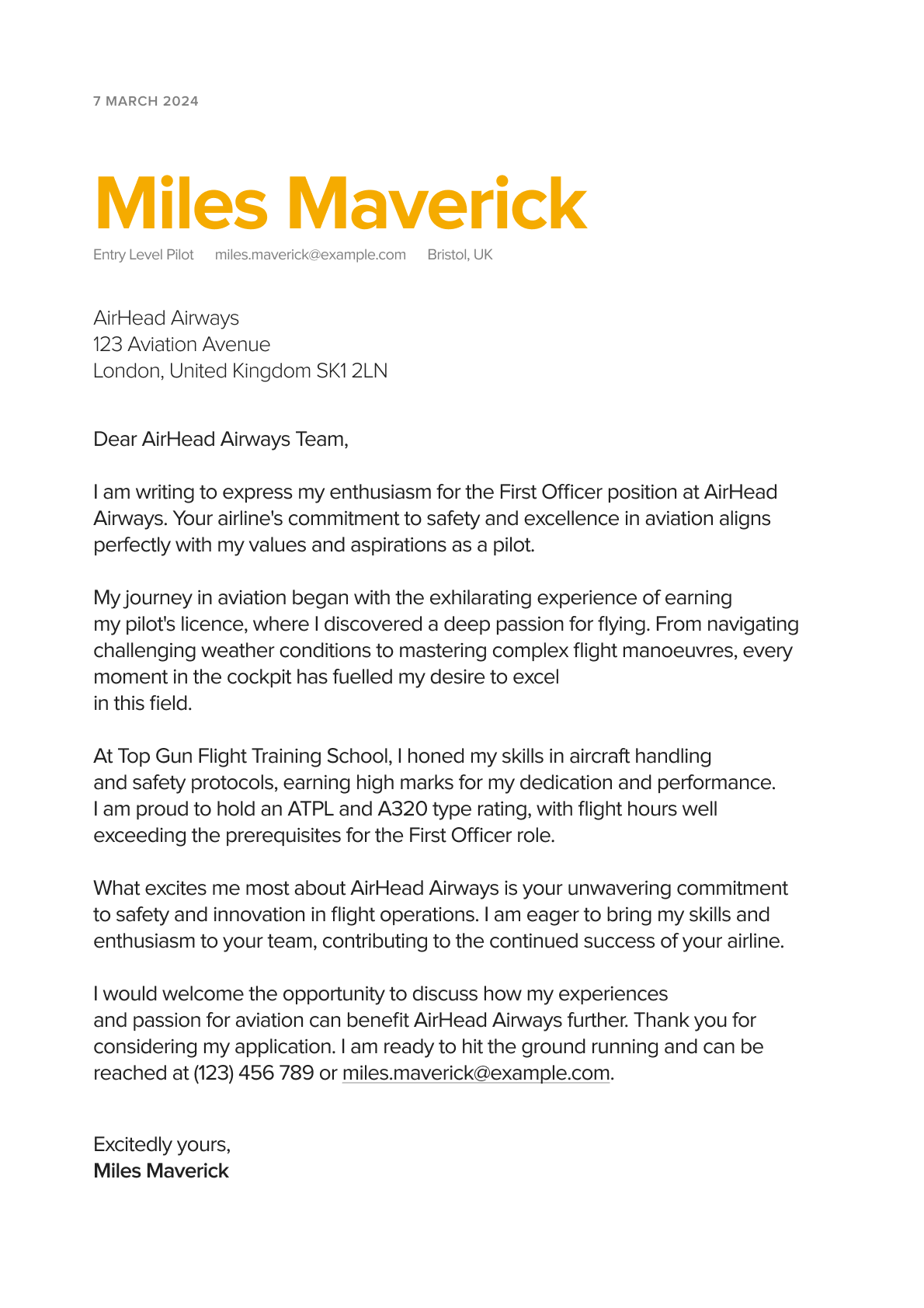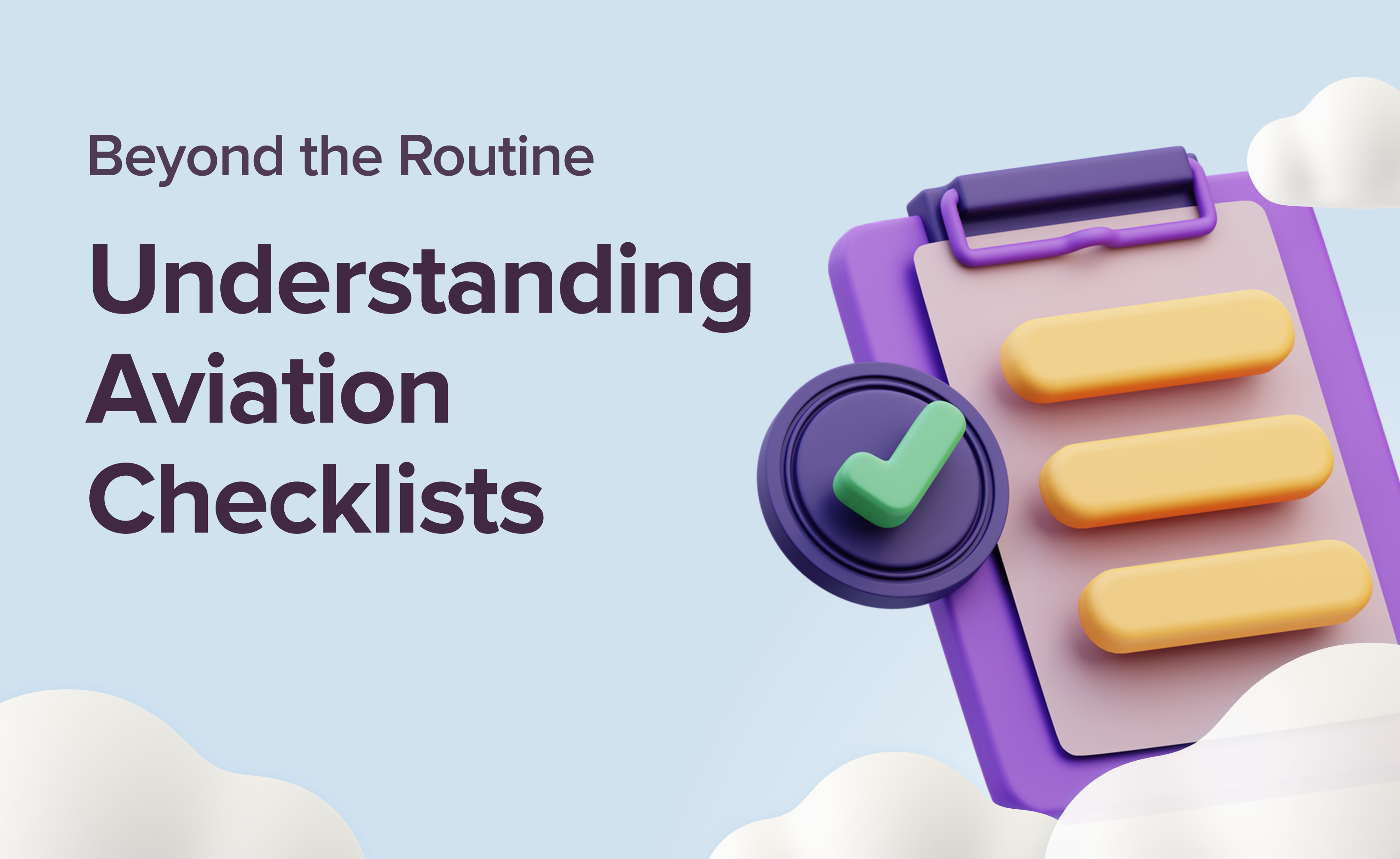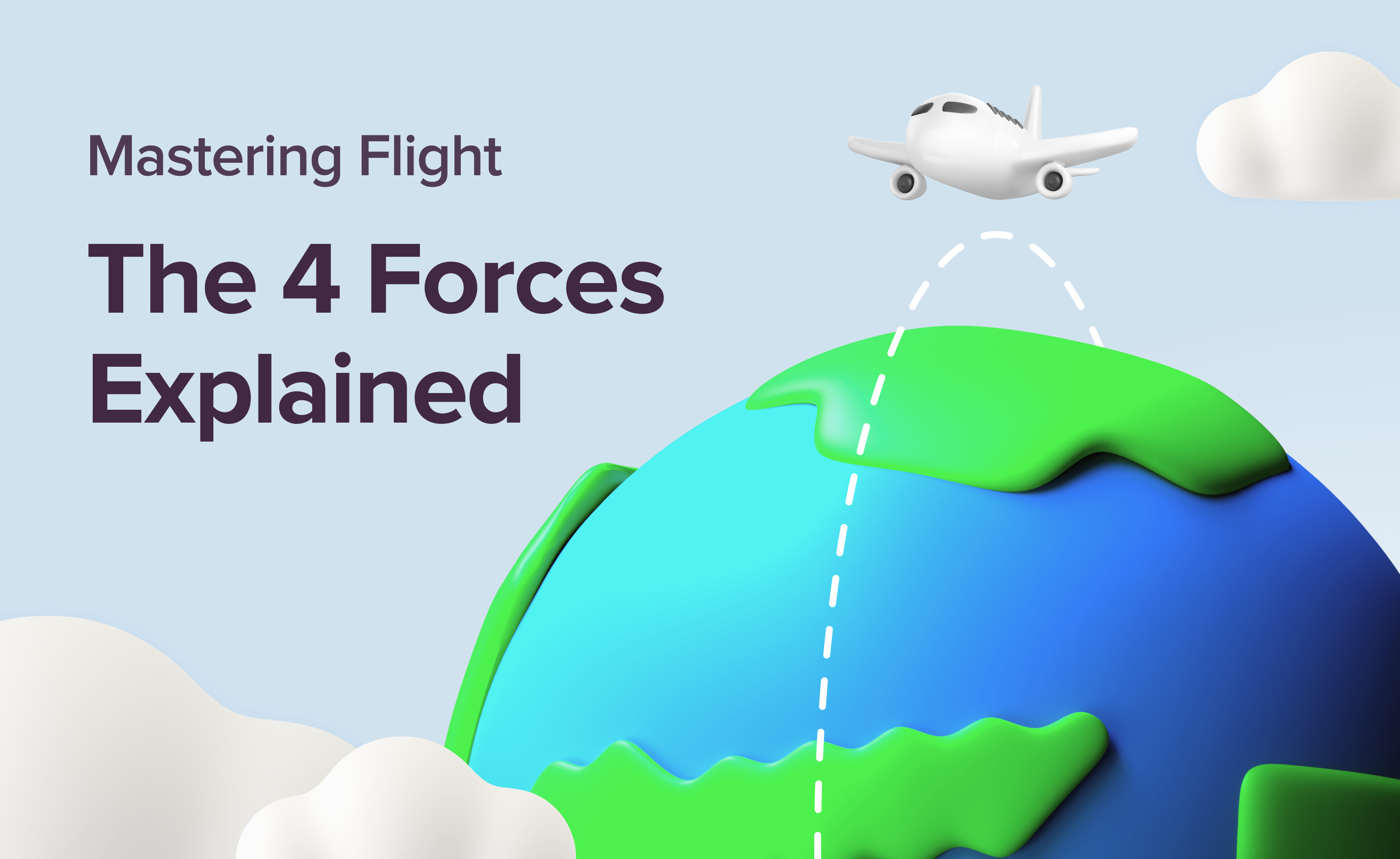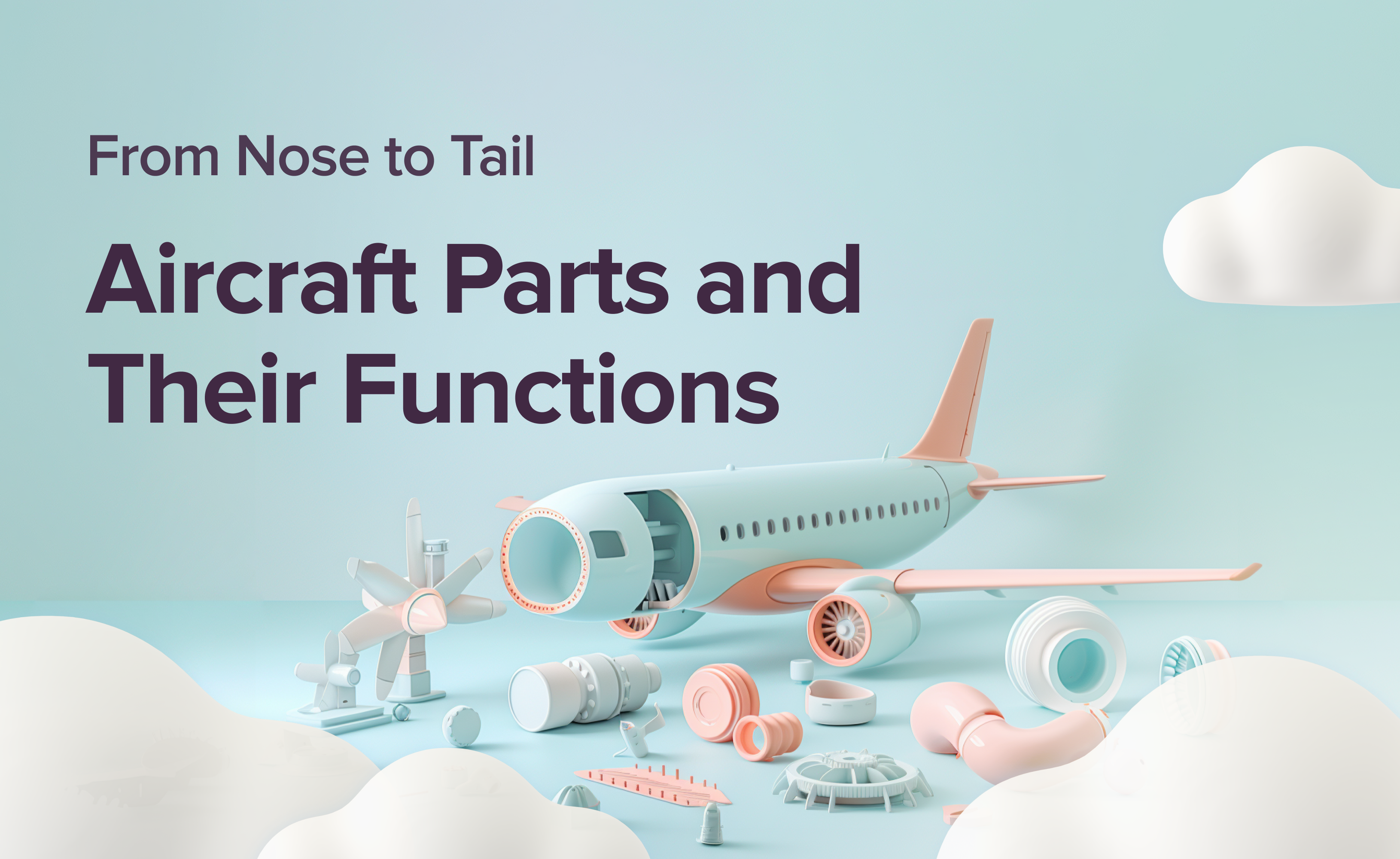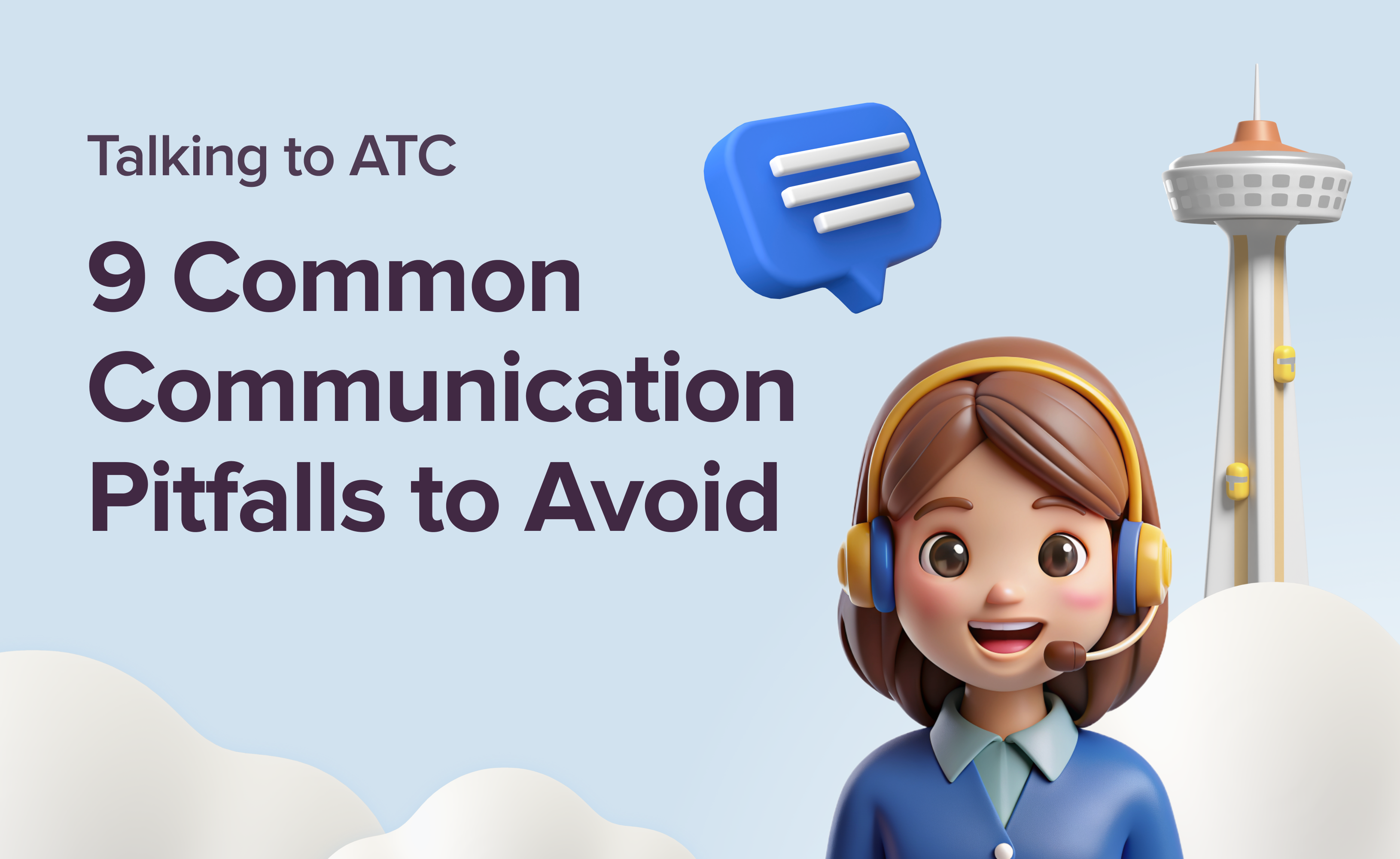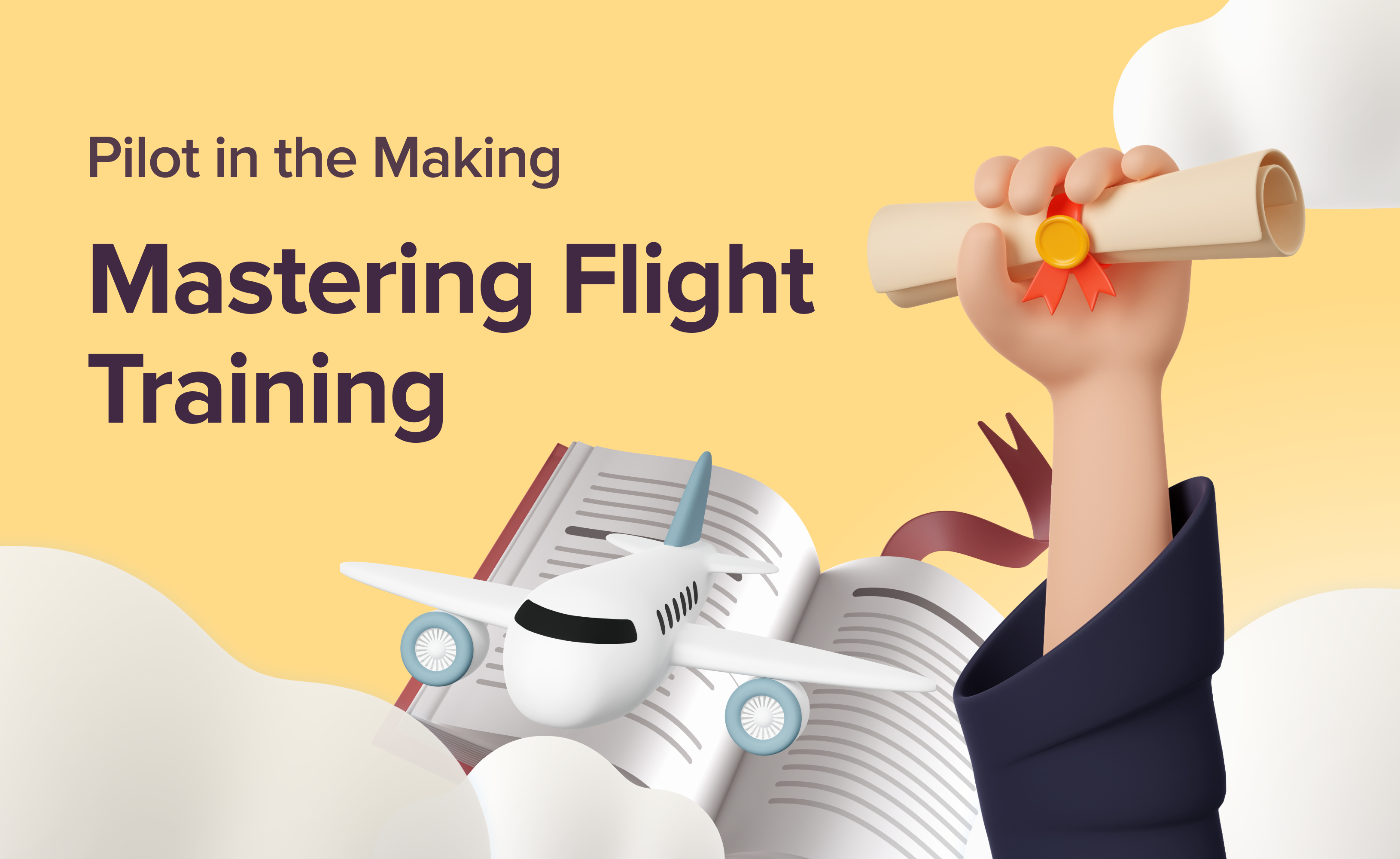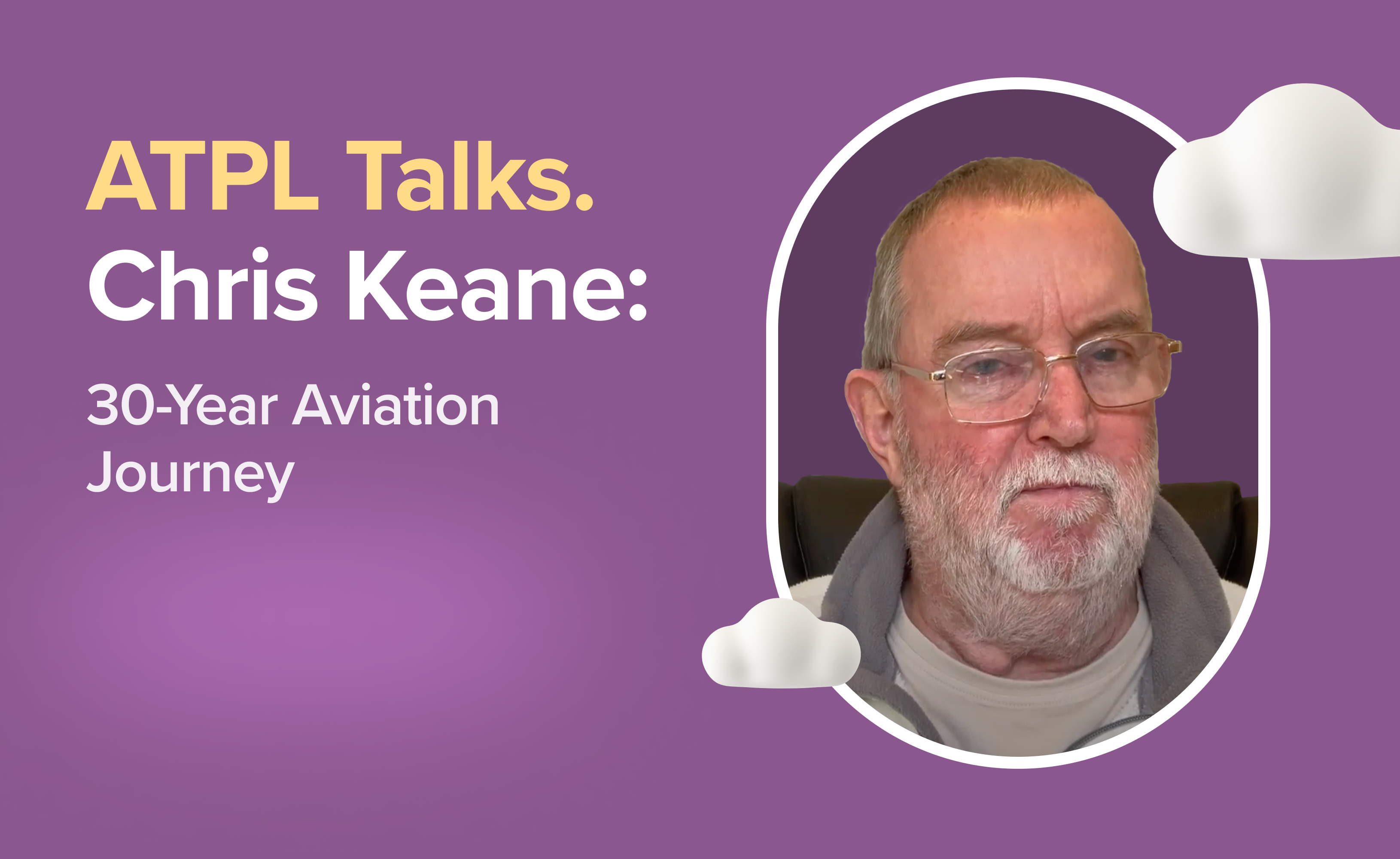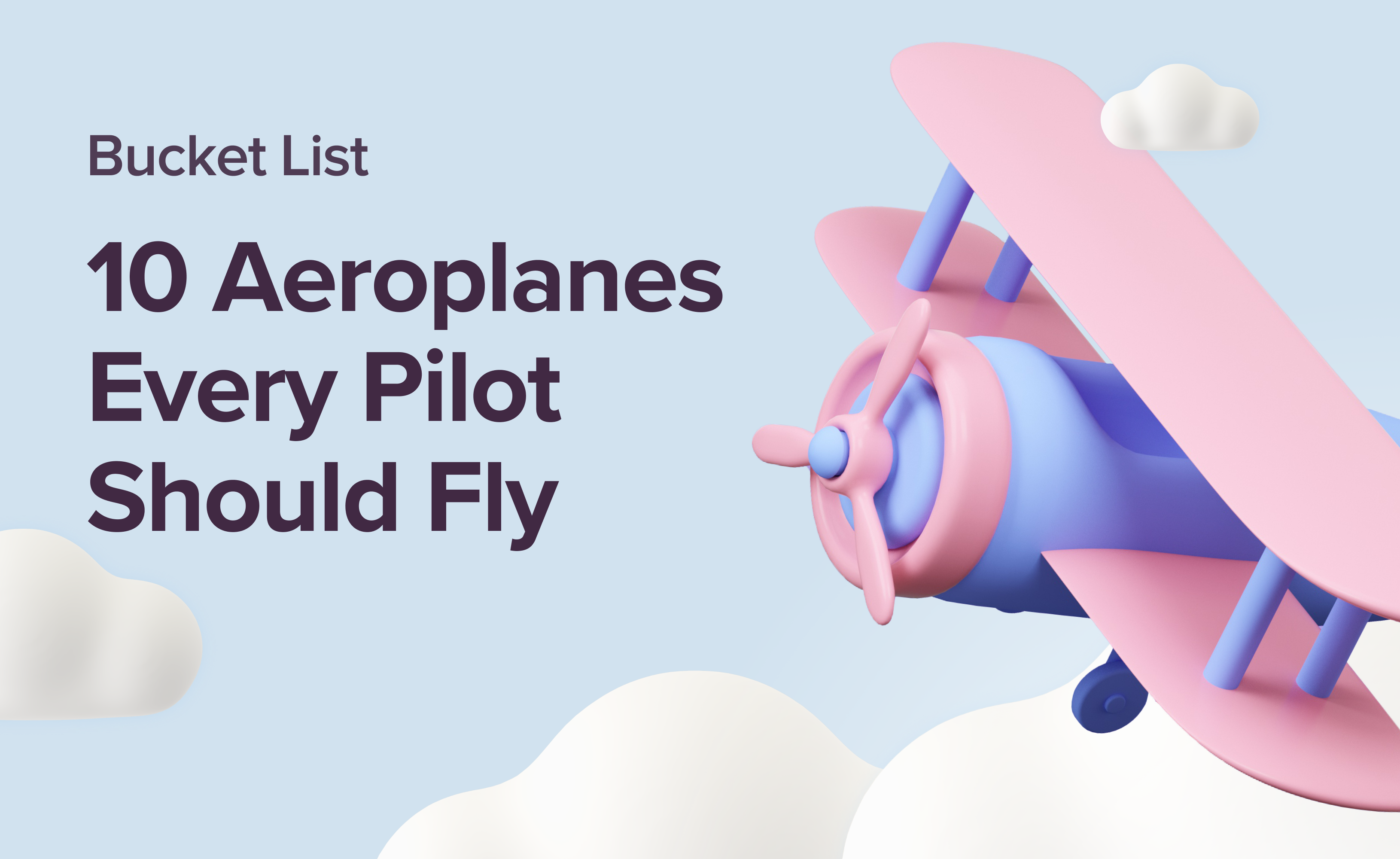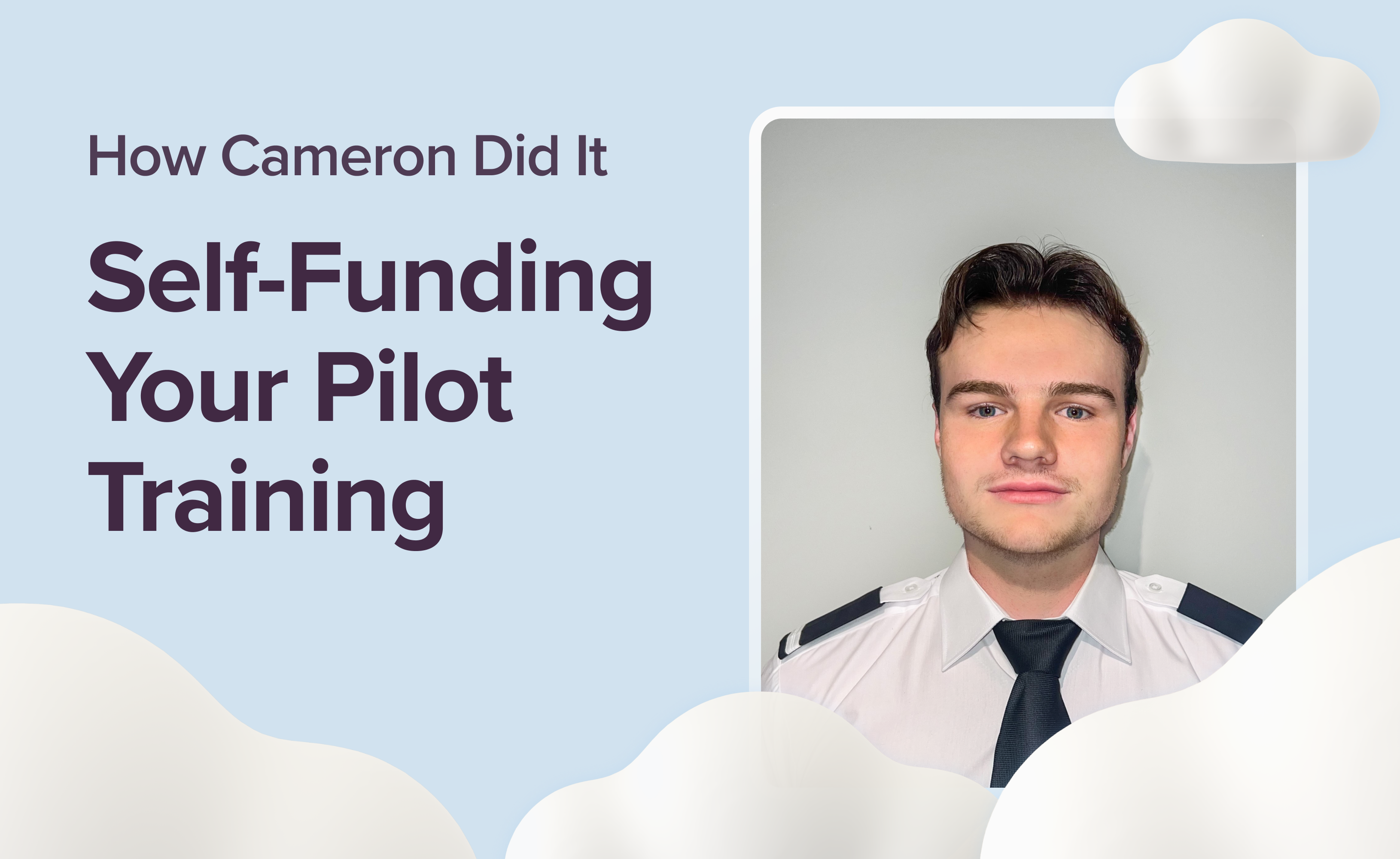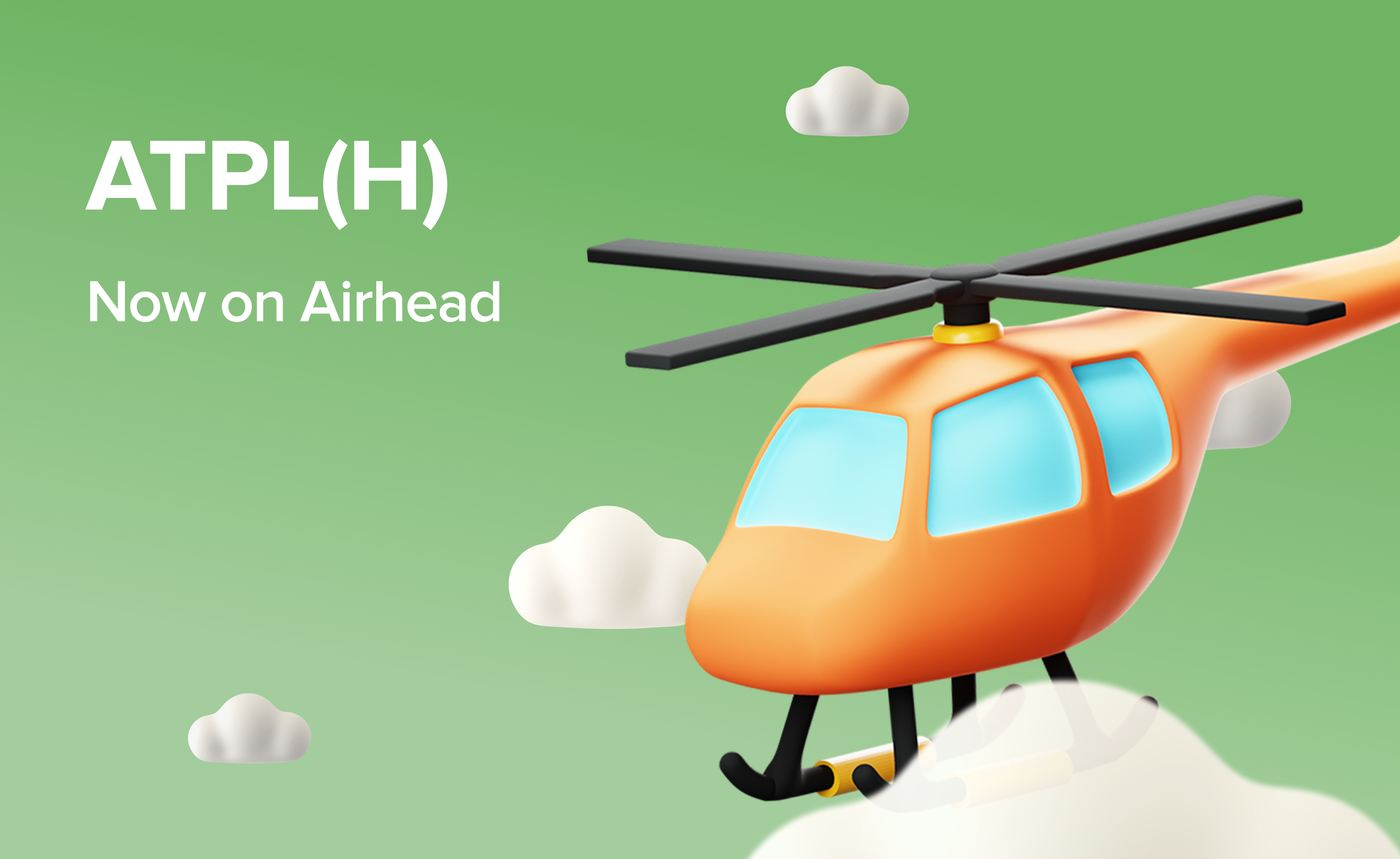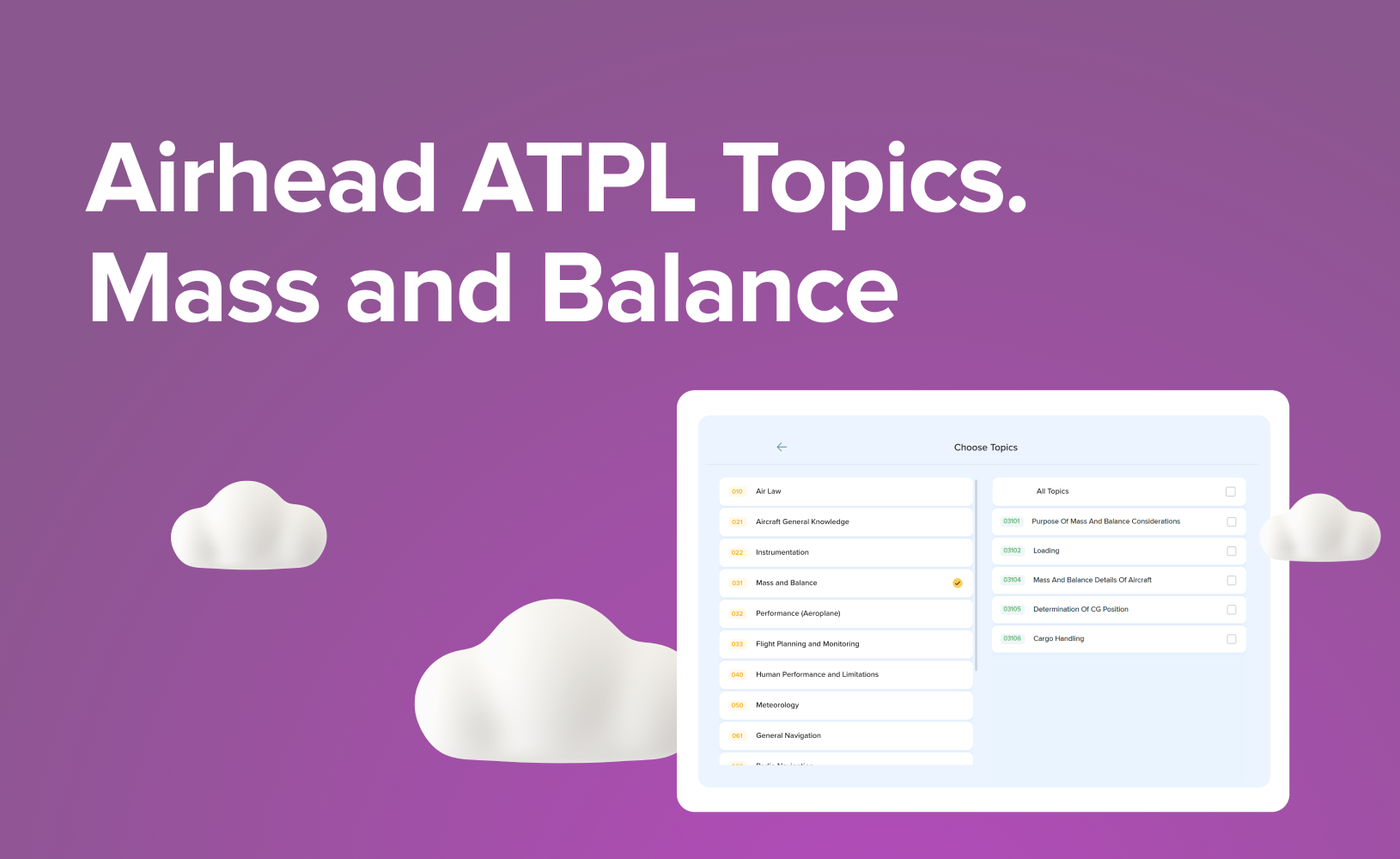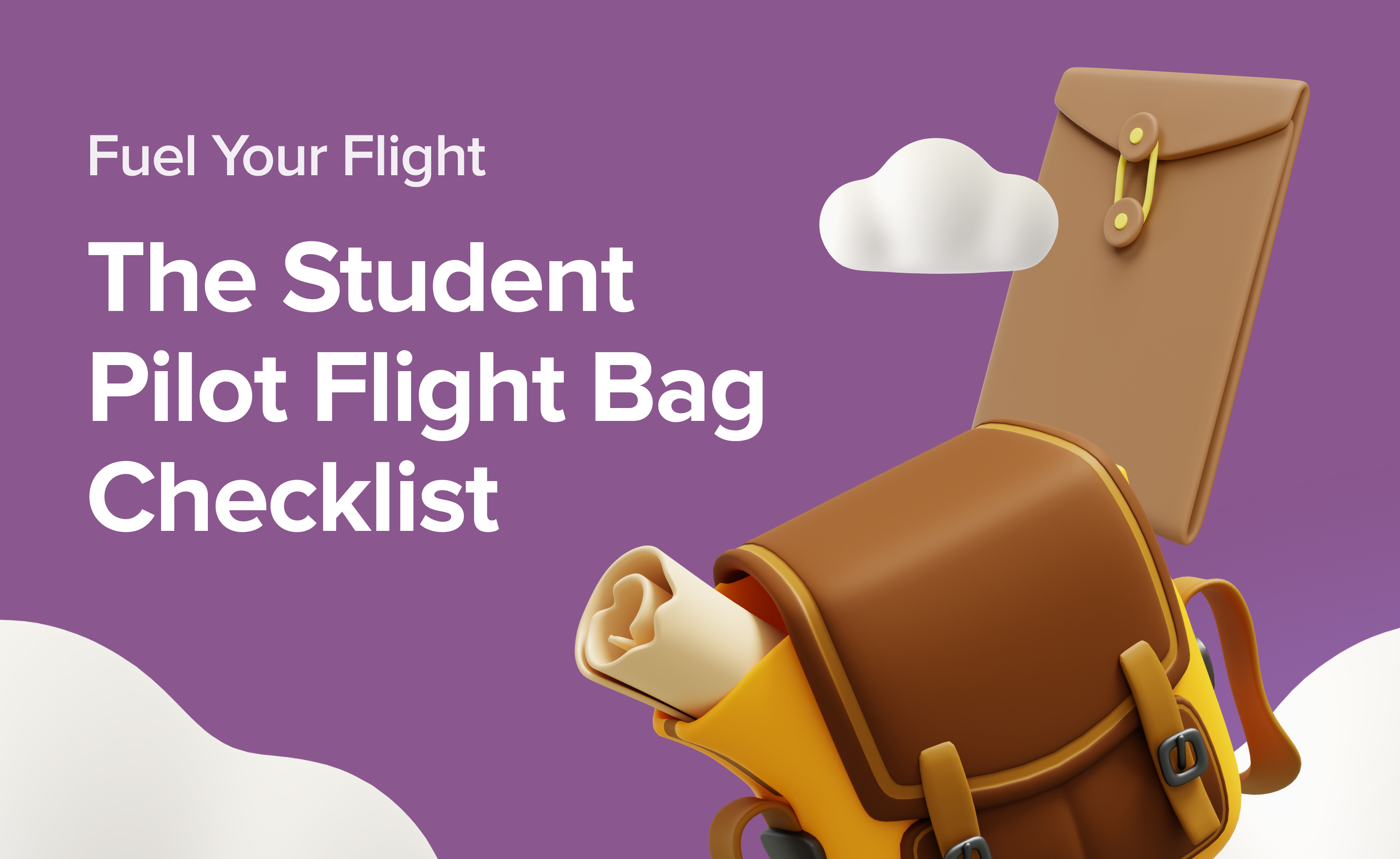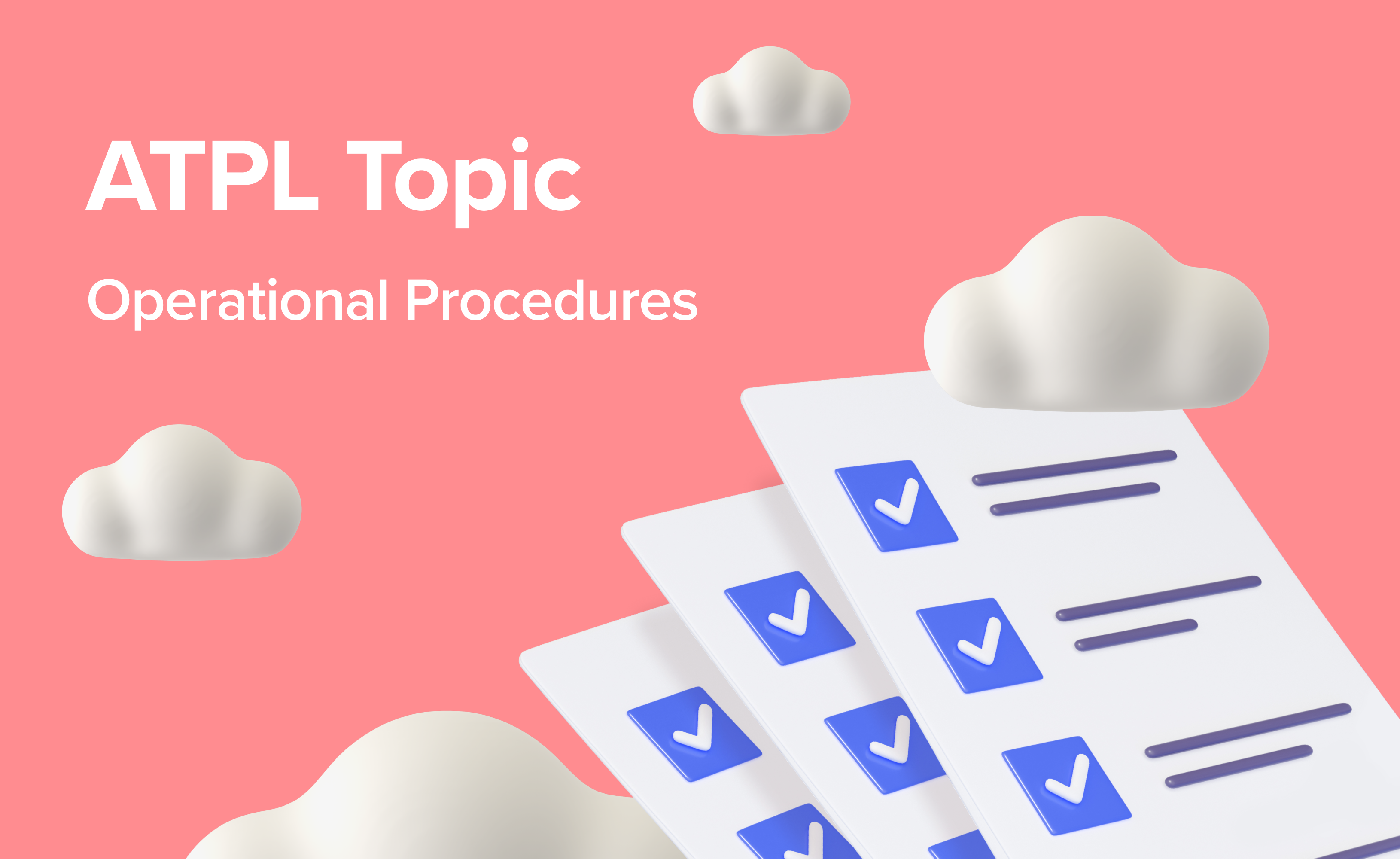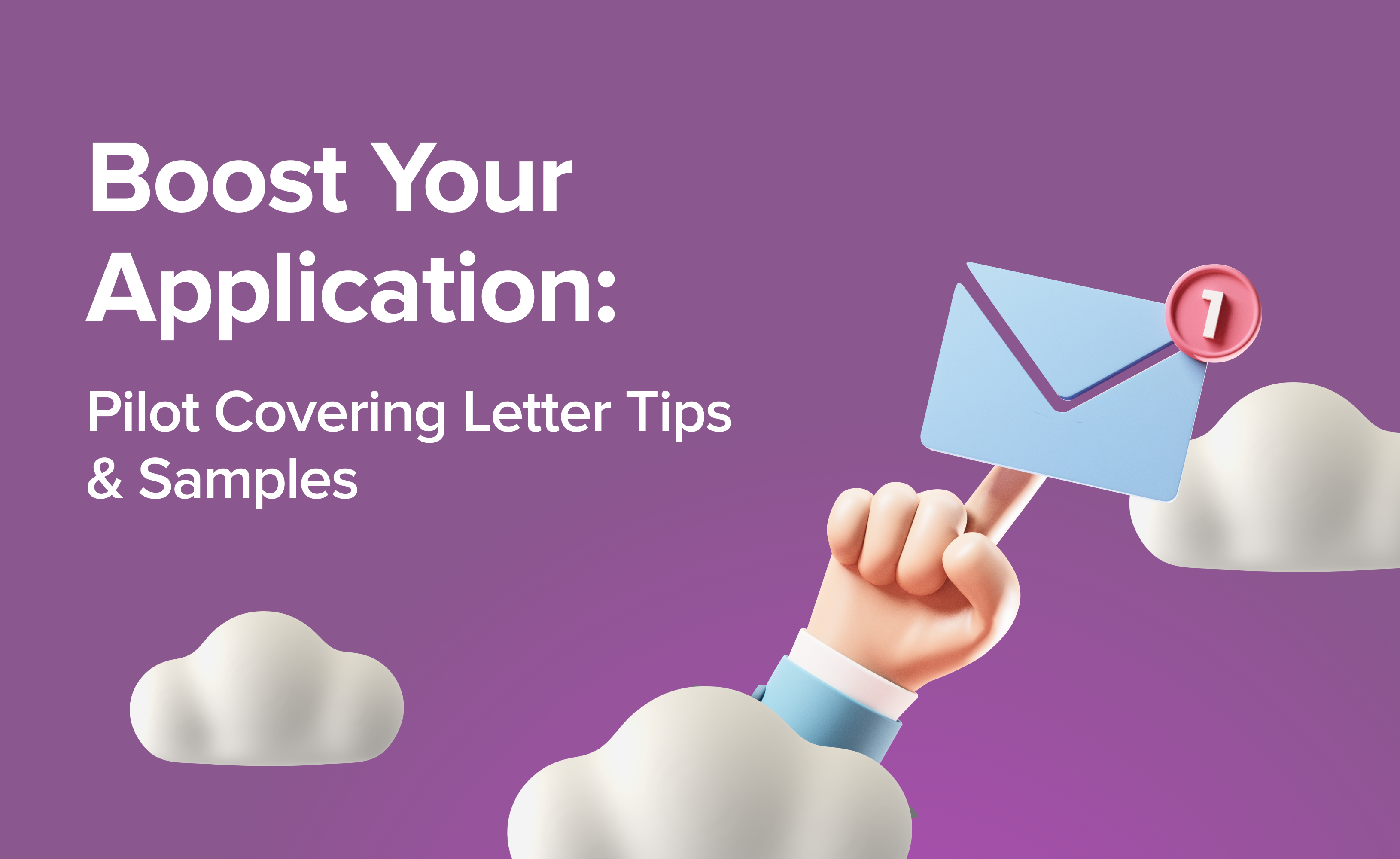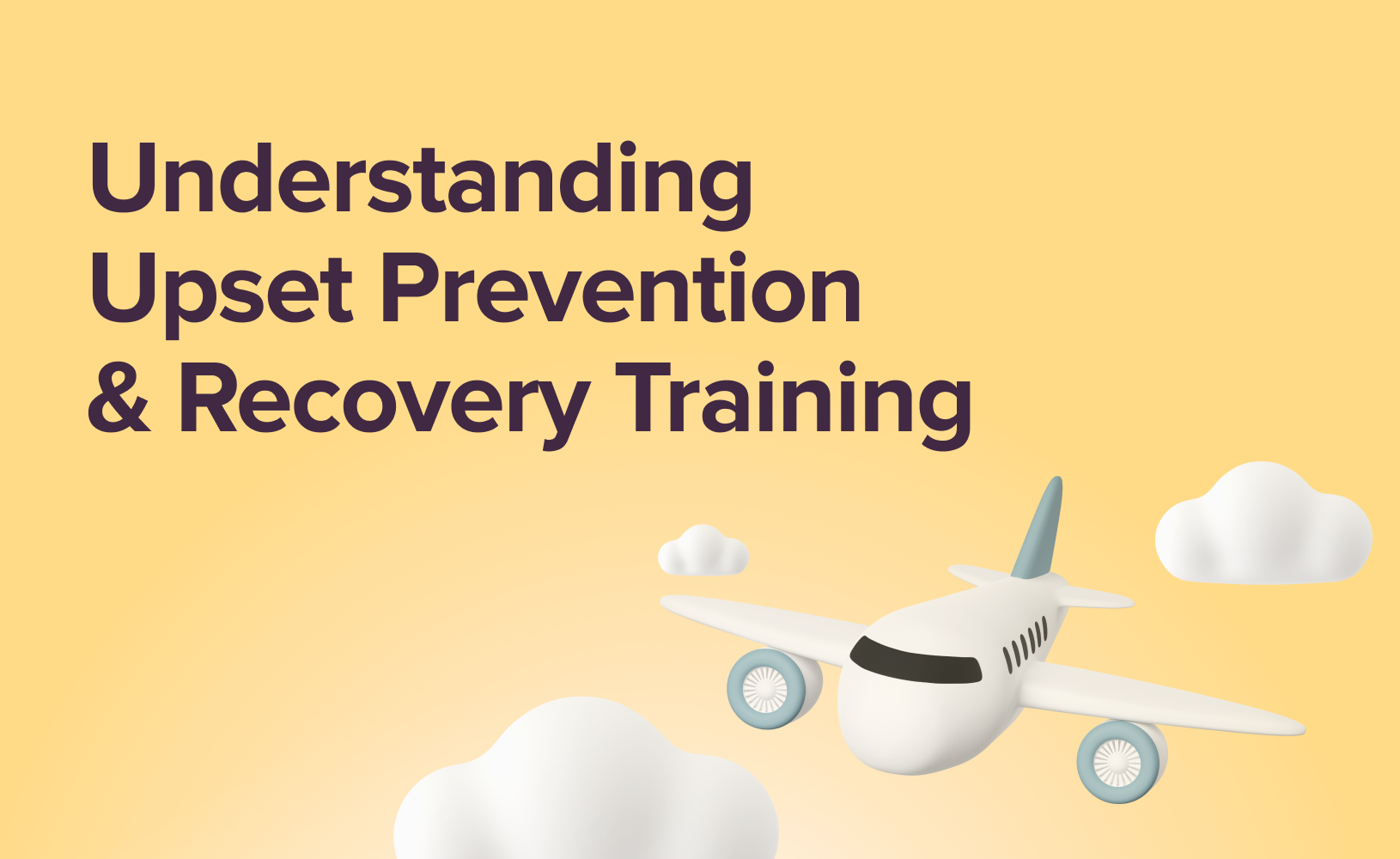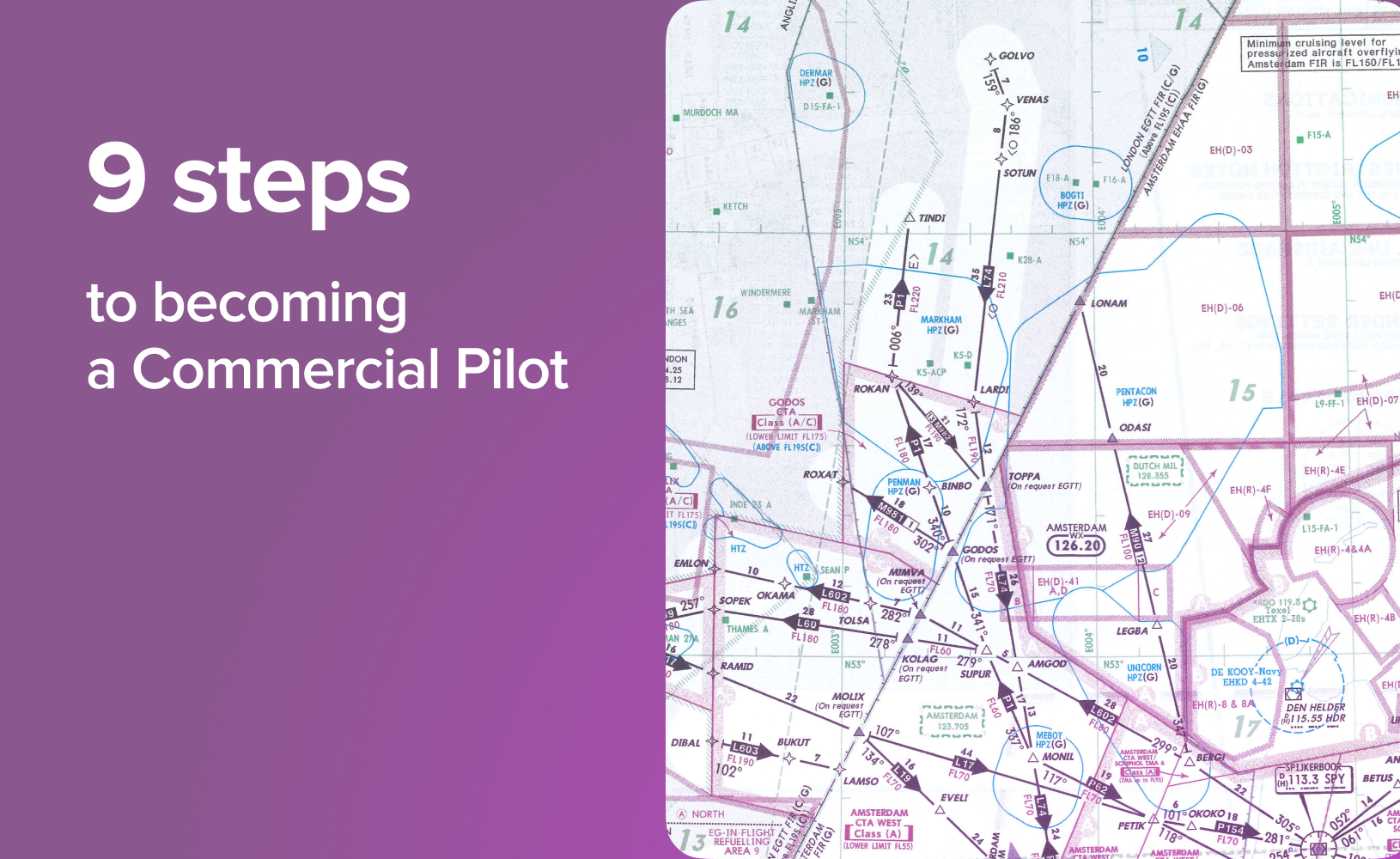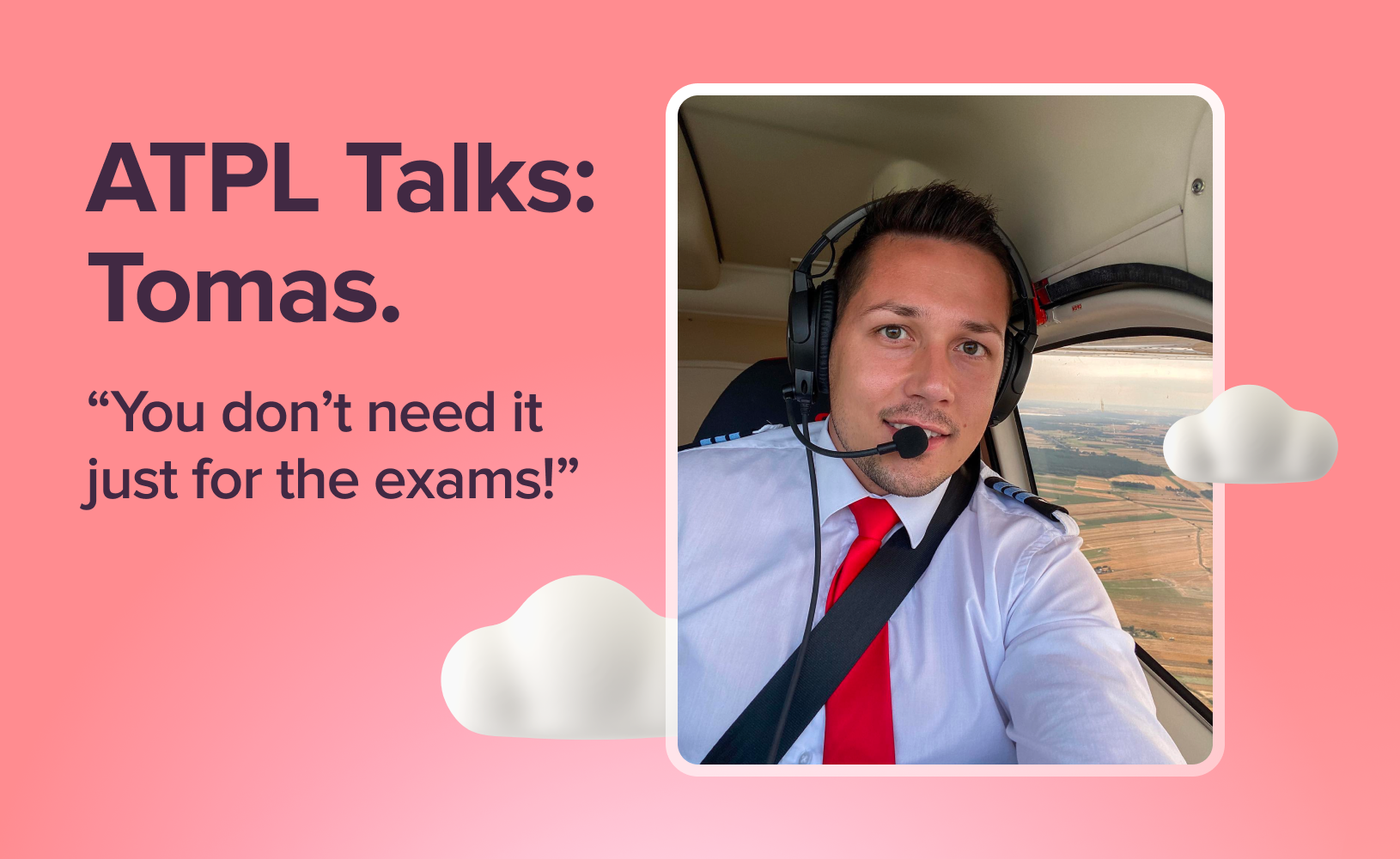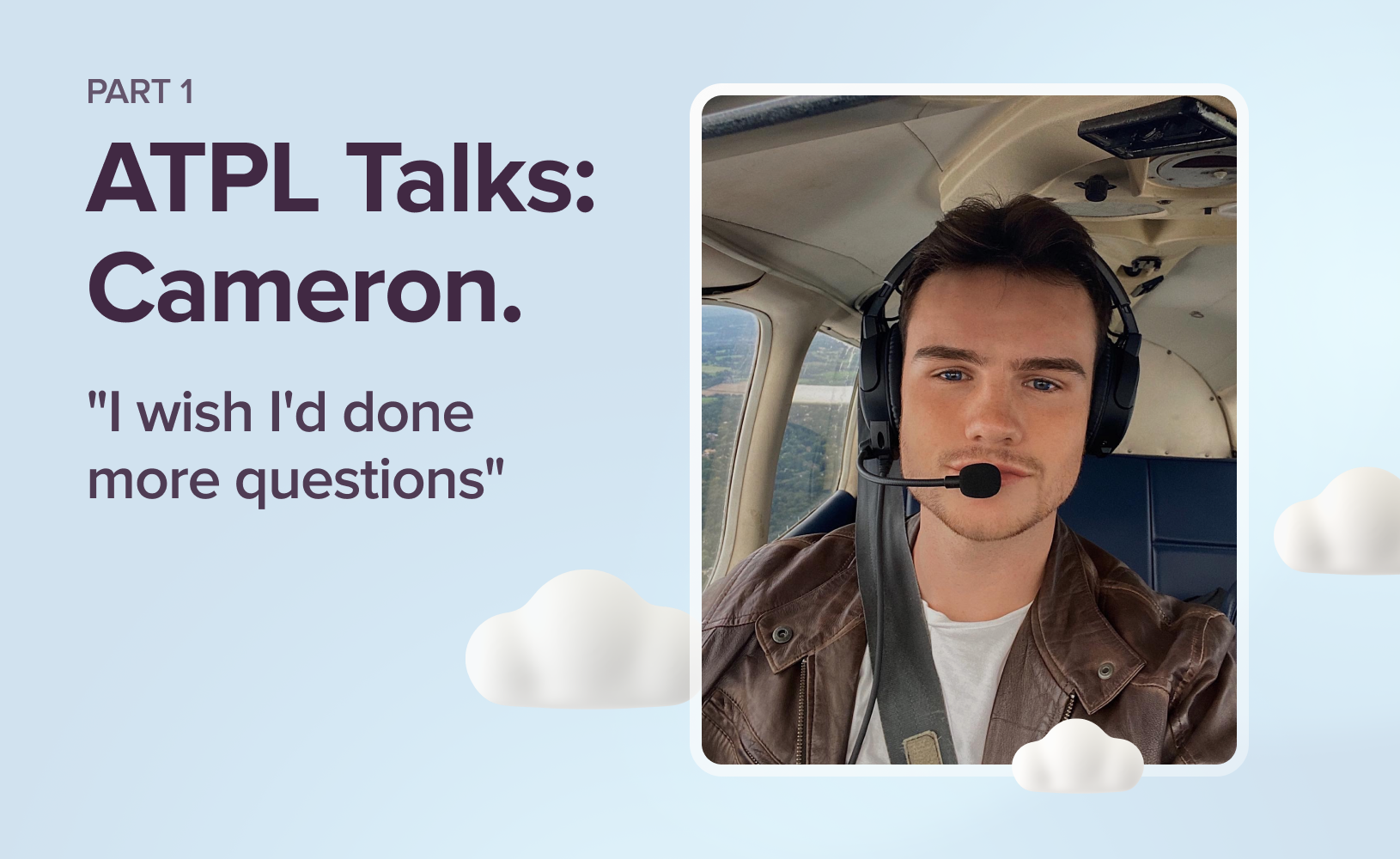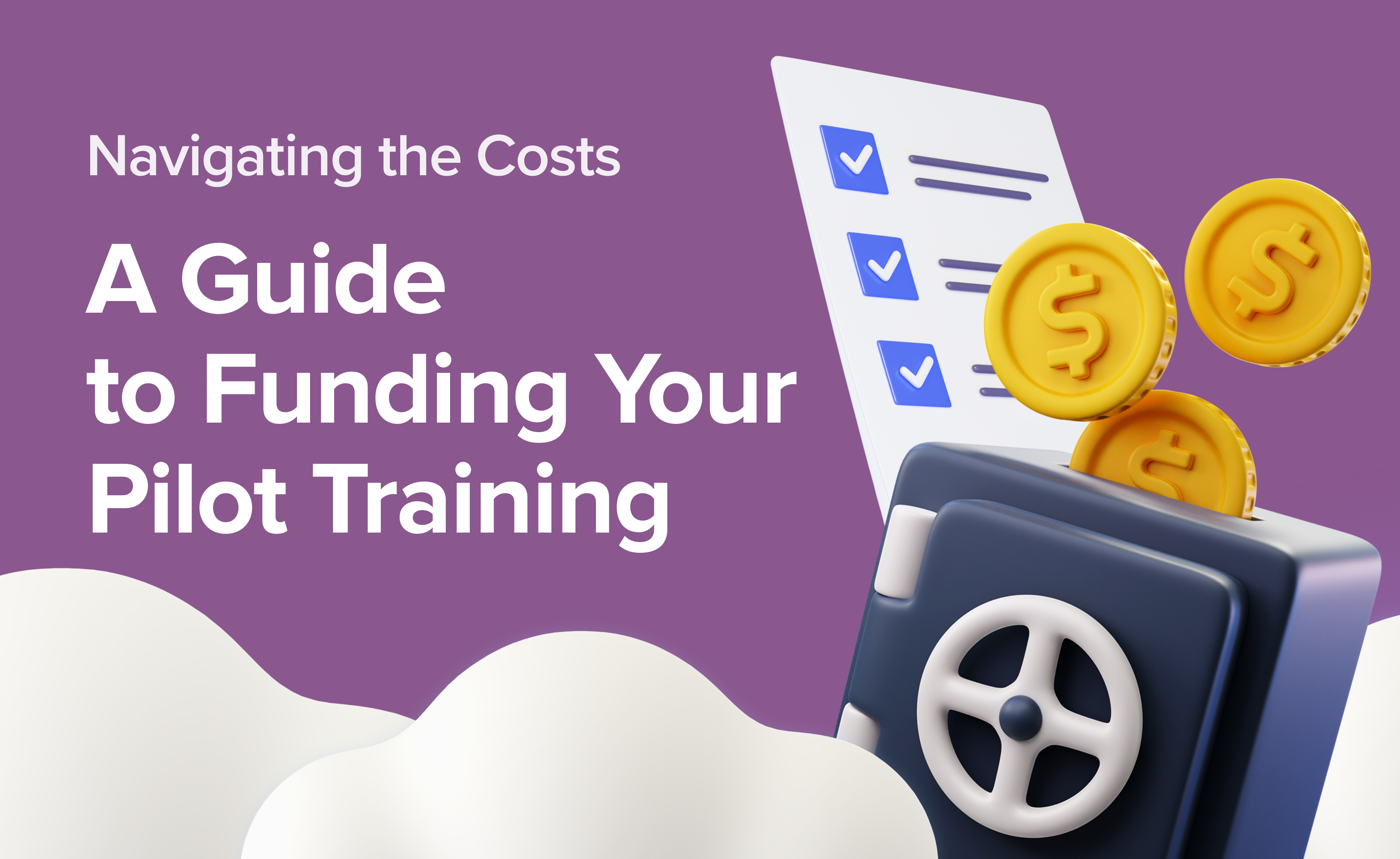Boost Your Application: Pilot Covering Letter Tips and Samples
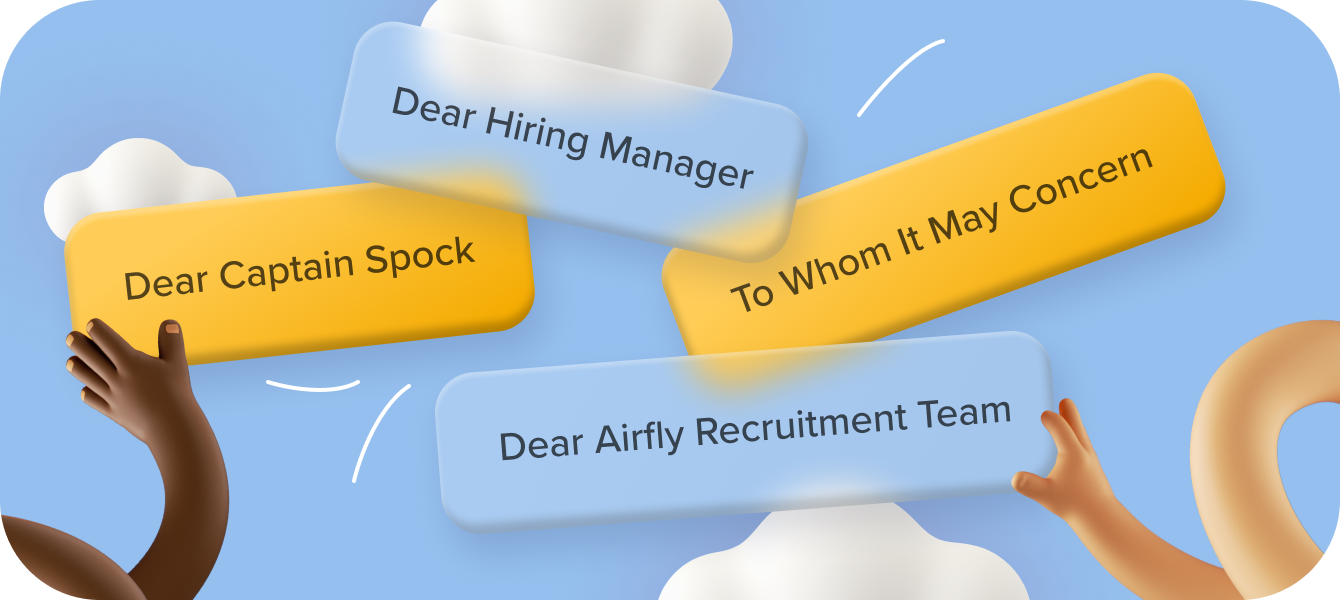
In the high-flying world of the aviation industry, where precision and attention to detail are paramount, one crucial element often gets overlooked: your pilot covering letter. Amidst the meticulous crafting of curriculum vitae and the showcasing of flight hours, the covering letter is frequently left to the sidelines, deemed a mere formality in the eyes of many aspiring pilots. As a result, newly licensed pilots and seasoned aviators find themselves grappling with missed job opportunities, all because they underestimated the power of a well-crafted compelling covering letter.
Let's soar beyond this oversight and elevate your application process. In this blog post, we're going to share some insights and valuable tips to help you craft an effective introduction for your potential employers, opening doors to exciting career opportunities.
Top 3 Reasons Why Covering Letter Matters

While curriculum vitae and qualifications provide a snapshot of your professional background, a strong covering letter delves deeper, allowing you to showcase your personality, passion for flying, and suitability for the role in a compelling narrative. It's a critical tool in your arsenal, offering a second chance to make a lasting first impression.Here are the top three reasons why a pilot covering letter truly matters:
Personal Touch
By crafting a compelling narrative, applicants can establish a personal connection with recruiters, resonating on a deeper level and making a memorable impression. Don't be worried that it could be a waste of your time. There's statistical evidence showing that covering letters can indeed make an impact and get noticed during the job hunt:
94% of hiring managers find covering letters influential in interview decisions.
83% of hiring managers read the majority of covering letters they receive.
Even at companies not requesting covering letters, 73% of hiring managers still read them.
Demonstration of Good Fit
Beyond the qualifications and experience listed in a resume, the covering letter allows candidates to grab a reader's attention by explaining why they are uniquely suited for the position and how their skills align with the company's values and mission. This demonstration of fit not only highlights the applicant's understanding of the organisation, but also underscores its commitment to contributing positively to its success.
Attention to Detail
In aviation, where precision and thoroughness are paramount, a meticulously crafted covering letter serves as a testament to the applicant's attention to detail and commitment to excellence in the aviation industry.In essence, the pilot covering letter matters because it goes beyond mere formality—it's a powerful tool for aspiring pilots to connect with recruiters.
Optimal Structure for Covering Letter
Writing a covering letter often feels daunting for many. Common objections include "I'm not a writer," "I don't know what to write about," and "What if everything is already in my CV?" However, creating a compelling pilot covering letter becomes simpler with a structured approach. This approach breaks down the process into five essential steps:
Letter Header
Include your contact information (name, address, phone number, email) at the top of the page. Followed by the date of writing and the recipient's contact information (if known).
Letter Greeting
Address the recipient by name if possible (e.g., "Dear Captain Smith"). If the recipient's name is unknown, use a generic greeting such as "Dear Hiring Manager".
Letter Introduction
Start with a strong opening sentence that grabs attention. Briefly say a bit about yourself and mention where you learned about the job opportunity.
Letter Body
Highlight any unique qualifications, technical skills, extensive experience and certifications that set you apart from other candidates. Express your genuine interest in the company and explain why you are excited about the opportunity to join their team.
Letter Closing
Reiterate your interest in the position and express gratitude for the opportunity to apply. Politely request the opportunity for an interview to further discuss your qualifications. End with a professional closing salutation (e.g., "Sincerely," "Best regards,") followed by your name.
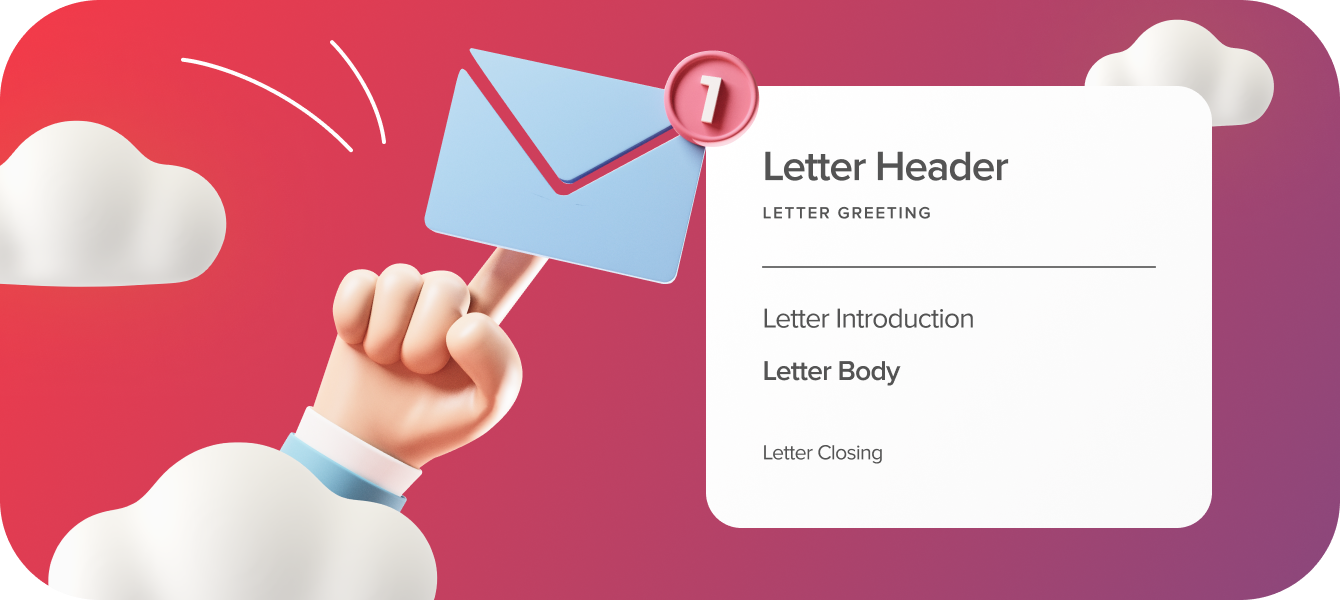
How to Write a Covering Letter for a Pilot Position?
Moving forward, we'll delve into each segment of the letter, offering detailed examples to guide you.
Begin With a Proper Greeting
A proper greeting in a pilot covering letter refers to addressing the recipient respectfully and professionally. Here are some examples of proper greetings for a pilot covering letter:
"Dear Captain [Last Name],”
"Dear Hiring Manager,"
"To Whom It May Concern,"
"Dear [Airline Name] Recruitment Team,"
Explain Why This Position Matters
Below are various strategies you might employ to articulate the significance of the job to you in a covering letter.
Continue with Training and Education
When discussing education and training in a covering letter, it's crucial to frame your qualifications in a way that showcases not just your credentials, but also your readiness to meet the demands of the job description. Here's how to effectively highlight your education and training:
Be Specific and Relevant: I graduated with a Bachelor of Science in Aeronautical Engineering from [University Name], where I gained a solid foundation in the principles of flight and aircraft operation. Additionally, my training at [Flight School Name], culminating in obtaining my Commercial Pilot Licence (CPL) and Instrument Rating (IR), has equipped me with the practical skills necessary for a career in commercial aviation.
Highlight Achievements: During my time at [Flight School Name], I was honoured with the Top Flyer Award for outstanding performance and professionalism, an accolade awarded to the top student in each graduating class.
Connect Your Education to Your Career Goals: The in-depth courses and practical flying training I have undertaken helped me grasp the key aspects of aviation safety, how to handle operations smoothly, and how to deliver outstanding service to passengers. I'm ready to bring these skills to the First Officer role at [Airline Name], aiming to add to your team's focus on keeping flights safe and making sure passengers are happy.
Describe Flight Experience
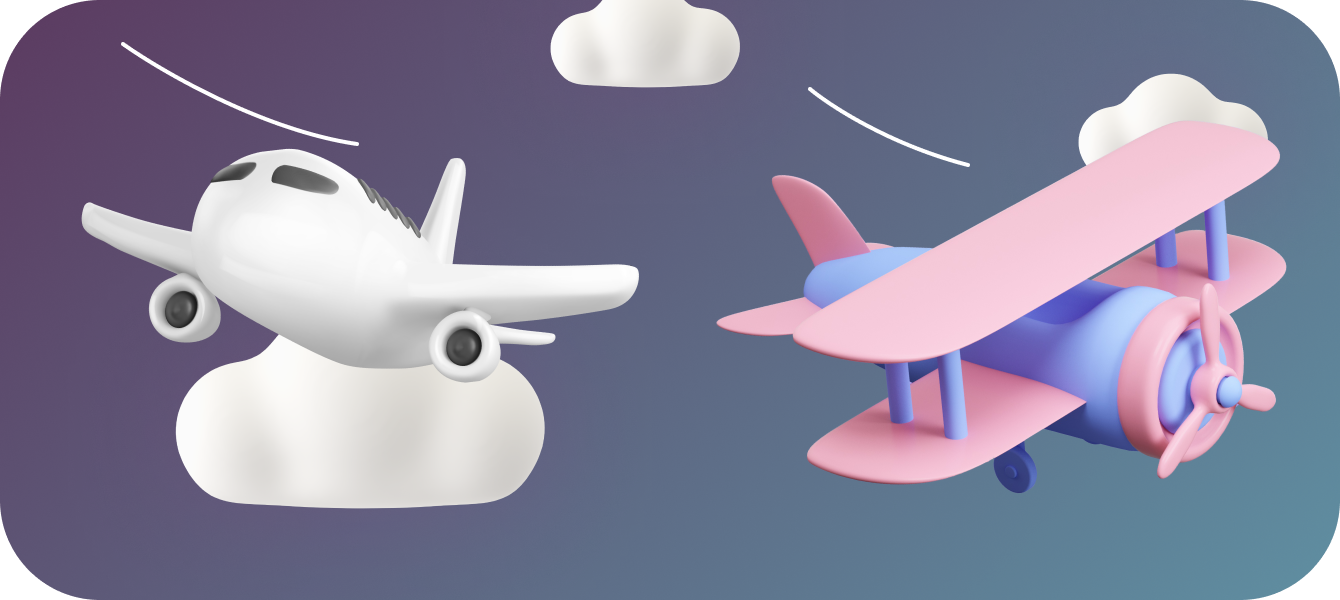
Describing your flight experience in a covering letter effectively involves showcasing not only the flight time but also the quality of your experiences and how they align with the job you're applying for. Here's how to do it:
Quantify Your Experience:
I have accumulated over 1,500 flight hours, including 600 hours as a Pilot-in-Command and 300 hours in night flying. My experience spans a range of aircraft, including the Airbus A320 and Boeing 737.
Highlight Diverse Flying Conditions:
My flight experience includes extensive operations in challenging weather conditions and high-traffic airspace, equipping me with the adaptability and situational awareness crucial for safe and efficient flight operations.
Relate Experience to the Airline’s Operation:
With significant experience in operating the Boeing 737, a mainstay of your fleet, across European airspace, I am well-versed in the operational nuances and regulatory requirements pertinent to your routes.
Convey Passion and Learning:
Each flight hour has been an opportunity to enhance my expertise, deepen my passion for aviation, and reinforce my commitment to pursuing excellence in every aspect of my professional life. I view the position of First Officer at [Airline Name] as an exciting next step in my career, where I can bring my experience, enthusiasm, and dedication to contribute to your esteemed flight crew.
Highlight Skills
Emphasising a blend of technical prowess and personal competencies in your pilot cover letter is crucial to illustrate that you're equipped with the practical expertise as well as the social and professional qualities required for excellence in the pilot's seat. Here's how to effectively showcase these skills with relevant examples:Hard Skills: My rigorous training has equipped me with a comprehensive skill set, including advanced instrument flying, thorough knowledge of ATPL theory subjects, and hands-on experience with flight planning software. I am also proficient in operating flight management systems (FMS) and have completed specialised training in upset prevention and recovery training (UPRT), ensuring my preparedness for a wide range of flight scenarios.Soft Skills: I'm deeply committed to safety and excellence in flying, backed by strong communication, leadership, and teamwork. During a tough flight in bad weather, I guided our crew with clarity and decisiveness, pulling us together to ensure everyone's safety and comfort. Staying calm and solving problems in such moments has been key to my ability to handle surprises without letting them affect our journey's safety or the well-being of those on board.
Add Actionable Ending
By concluding your aviation covering letter with an actionable and engaging statement, you leave a positive impression on the reader and encourage them to take the next step in considering your application.
Call to Action: I am eager to discuss how my skills and experiences align with the needs of [Airline Name]. I welcome the opportunity to further elaborate on my qualifications in an interview. Please feel free to contact me at [phone number] or [email address]. Thank you for considering my application.
Express Motivation: I am genuinely excited about the possibility of joining the dynamic team at [Airline Name]. My passion for aviation and dedication to excellence make me confident in my ability to contribute positively to your organisation. I look forward to the opportunity to discuss how I can add value to your team in more detail.
Gratitude and Appreciation: Thank you for considering my application. I am grateful for the opportunity to apply for the First Officer position at [Airline Name]. I am excited about the chance to join your esteemed team potentially and am eager to contribute my skills and passion for aviation to the company's continued success.
Future Outlook: As I look forward to the next chapter of my career, I am excited about possibly joining [Airline Name]. I am confident that my skills and experiences make me a strong fit for the First Officer position, and I am eager to bring my dedication, professionalism, and enthusiasm to your team.
4 Key Tips for Success

Be Creative and True. Add your personality and authenticity to your writing. While maintaining a professional tone, incorporating creativity and personal touches can make your covering letter stand out and leave a lasting impression on the reader.
Research the Company. Before writing, take the time to research the airline you're applying to and tailor your aviation cover letter to reflect your understanding of their values, goals, and culture. Demonstrating this knowledge shows your genuine interest and helps you stand out from other applicants.
Personalise Every Covering Letter. Tailoring your covering letter to each job application demonstrates your genuine interest and commitment to the position. Be concise and start strong to capture the reader's attention from the outset.
Edit and Proofread. Before sending out your covering letter, carefully edit and proofread it to ensure it's error-free and polished. Typos or grammatical errors can detract from your professionalism and attention to detail, so take the time to review your letter thoroughly.
Crafting an effective covering letter is crucial; it should be customised, concise, and start strong, as it ca
n often be the tipping factor for your application.
Pilot Covering Letter Sample from Airhead
